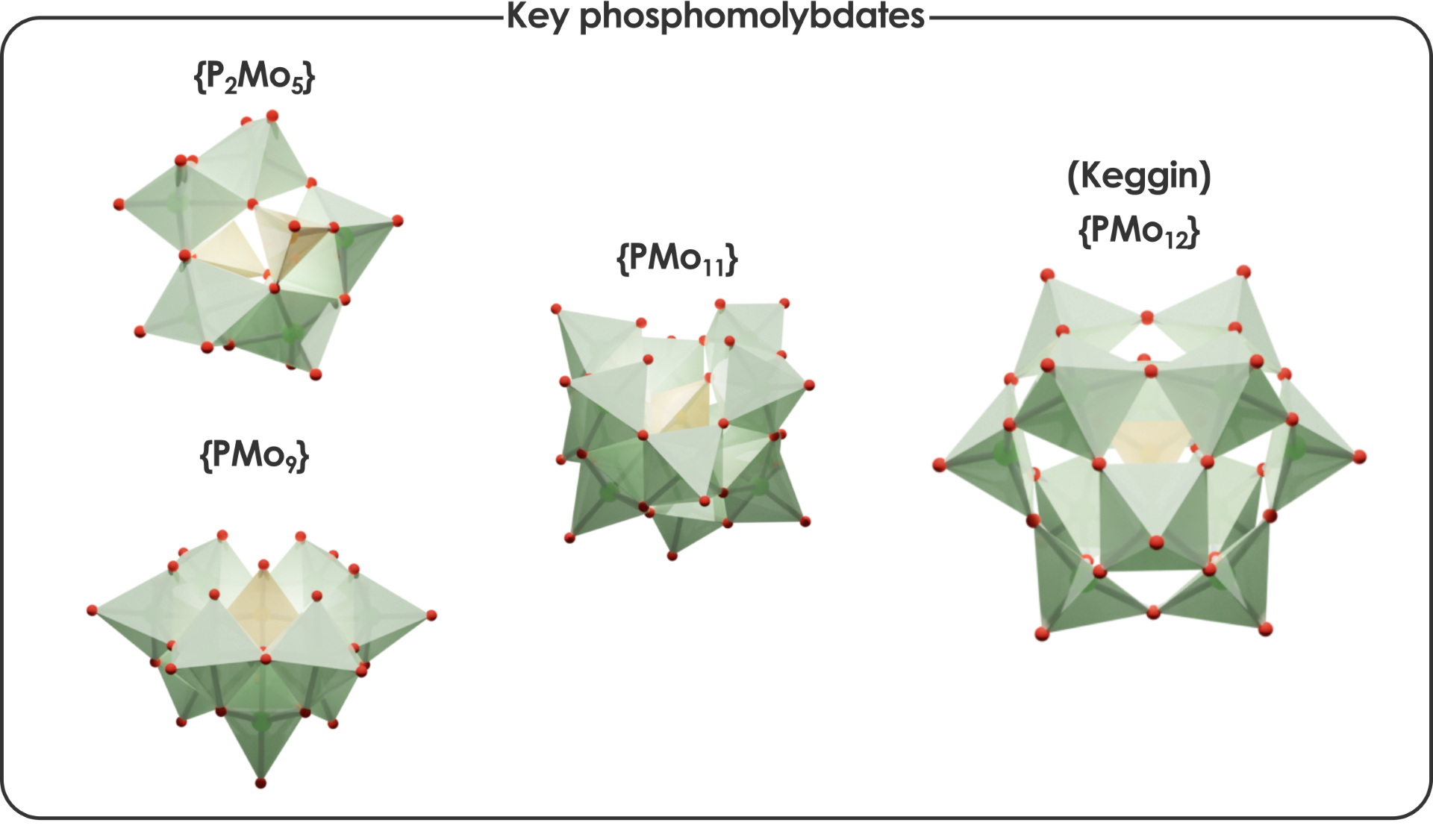Researchers at the Institute of Chemical Research of Catalonia (ICIQ-CERCA) have developed a computational methodology that simulates complex processes involving various chemical species and conditions. This approach helps in understanding the formation of nanostructures known as polyoxometalates (POMs), which have significant applications in catalysis, energy storage, biology, and medicine.

Image Credit: Institute of Chemical Research of Catalonia
Our group has recently developed unique methods to study the chemistry of polyoxometalates in solution, their speciation and formation mechanisms. This research has the potential to discover the experimental conditions needed to make new materials.
Carles Bo, Professor, Institute of Chemical Research of Catalonia
The Versatile POMs
POMs (polyoxometalates) are a family of nanostructures composed of transition metal atoms linked by oxygen, forming a diverse array of well-defined structures with varying sizes and shapes. These nanostructures are created through self-assembly processes of simple metal oxides, influenced by factors such as pH, temperature, pressure, total metal concentration, ionic strength, and the presence of reducing agents and counter-ions. The complexity of these conditions makes controlling their synthesis challenging.
Researchers can now predict the impact of these factors and identify the optimal conditions for producing specific POM species using statistical methods. These methods facilitate the efficient and scalable processing of numerous speciation models and their corresponding systems of non-linear equations. This advancement is particularly significant for catalysis, where POMs play a crucial role in accelerating important reactions. For instance, simulations can now identify the conditions required to produce a specific POM species that effectively catalyzes CO2 fixation.
POM Simulator
Prof. Bo’s group introduced an open-source software package called POMSimulator, which was designed to enhance the understanding of polyoxometalate formation mechanisms. By releasing the public version of the code, the researchers aim to support the discovery of new polyoxometalates and provide a tool that other researchers can adapt to their specific needs.
The latest iteration of this methodology represents a more advanced version of POMSimulator. It offers new and valuable insights into the distribution of species under various chemical conditions, thereby deepening our understanding of complex systems speciation.
In the times of Big Data, Machine Learning, and Artificial Intelligence, it is crucial to use every bit of information in our hands. Our work has taken POMSimulator to the next level of data usage.
Jordi Buils, Study First Author, Professor and Ph.D. Student, Institute of Chemical Research of Catalonia
Journal Reference:
Buils, J., et al. (2024) Computational insights into aqueous speciation of metal-oxide nanoclusters: an in-depth study of the Keggin phosphomolybdate. Chemical Science. doi.org/10.1039/d4sc03282a